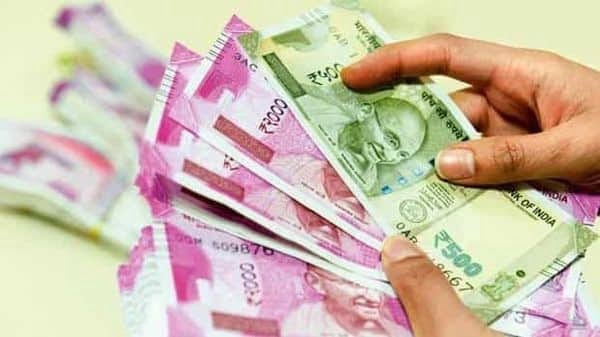SYNOPSIS
Gross and net NPAs for banks were lower as on 31 December compared to 31 March 2020.
Usually, when the economy is going through stress, like in FY21 with a de-growth of approximately 8%, corporates are also under stress, leading to rating downgrades and defaults. In our column dated 25 August 2020, we had argued that banks will be able to withstand the next wave of bad loans. As of now, we have some more indications that a positive turnaround is happening. To set the backdrop, in the moratorium allowed by RBI from 1 March to 31 August 2020, the first set of data released by RBI indicated that approximately 50% moratorium has been availed as on 30 April 2020. The next set of data showed that it had dipped to 40%. Little lower than earlier, but still on the higher side. When the moratorium got over, a one-time restructuring (OTR) was available till 31 December. Therein we saw a remarkable improvement: the extent of banks’ loan book that went for OTR was broadly in the range of 0.5% to 4%. This was a pointer that the extent of the system under stress is not as much as apprehended earlier. Now, cut to the present.
Various credit rating agencies publish data points on the credit rating upgrades and downgrades in the period under review for the companies/entities rated by the agency, which give a perspective on how things are shaping up. The Crisil credit ratio, which measures upgrades to downgrades, went up to 1.33 in the second half of FY21. The number of upgrades was 294 against 221 downgrades. The report states that the credit ratio rose “from a decadal low of 0.54 in the previous half, as demand recovery strengthened and GDP growth returned to positive territory in Q3″. Apart from the credit ratio, Crisil has another metric called debt-weighted credit ratio. While the former is about numbers only, the debt-weighted ratio uses the outstanding debt of the entities as weightage. The debt-weighted credit ratio in the second half of FY21 improved to 1.26 from 0.52.
In a press release dated 1 April, ICRA said it had downgraded the ratings of 483 entities in FY21, which is a downgrade rate of 14% of their rated universe, after an even higher downgrade rate of 16% in FY20. The ratings of 291 entities were upgraded in FY21, which is 8% of their universe. The release said that “since November, the credit ratio of ICRA-assigned ratings, defined as the number of entities upgraded to that downgraded, has consistently remained upwards of 1.0 each month. Prior to that, the ratio had remained consistently below 0.6x in each month since May 2019″.
Care Ratings publishes a metric called debt quality index on a scale of 100 (base year FY12). As of March, the index stood at 89.51. Though less than 100, it was at 91.48 in April 2019 and touched a low of 87.89 in February 2020 and has recovered since then.
India Ratings publishes the D/U ratio. In FY21, it downgraded 199 issuers and upgraded 147 issuers, which is the second consecutive year when downgrades exceeded upgrades. An India Ratings release dated 1 April states that “despite the pandemic, the corporate downgrade to upgrade ratio (D/U ratio) was lower at 1.4 than 1.9 in FY20. Interestingly, the quarterly D/U ratio trend has moved from a high of 2.5 in 1Q, to 0.6 by 4Q, indicating the stress from the pandemic is moderating”.
The data points indicate easing of stress. But what’s in store? An ICRA press release dated 5 April gives some direction: (1) asset quality remains monitorable despite lower increase in NPAs (non-performing assets) and restructuring estimates; (2) on a pro forma basis (i.e. without the Supreme Court stay on NPAs), gross NPAs and net NPAs for banks were lower as on 31 December 2020 compared to 31 March 2020; (3) loan restructuring estimated at 1.3-1.5% levels, much lower than initial estimates and (4) sizeable increase in overdue loan book remains a monitorable as the second covid wave could impact economic recovery.
The delayed impact of the slowdown in FY21 may happen in FY22 in terms of business failures and NPAs. That said, investors need not be unduly concerned as we are already seeing nascent signs of recovery and the resilience is expected to see us through.
Source: https://www.livemint.com/money/personal-finance/improving-credit-quality-is-a-good-sign-for-investors-11619377871873.html


